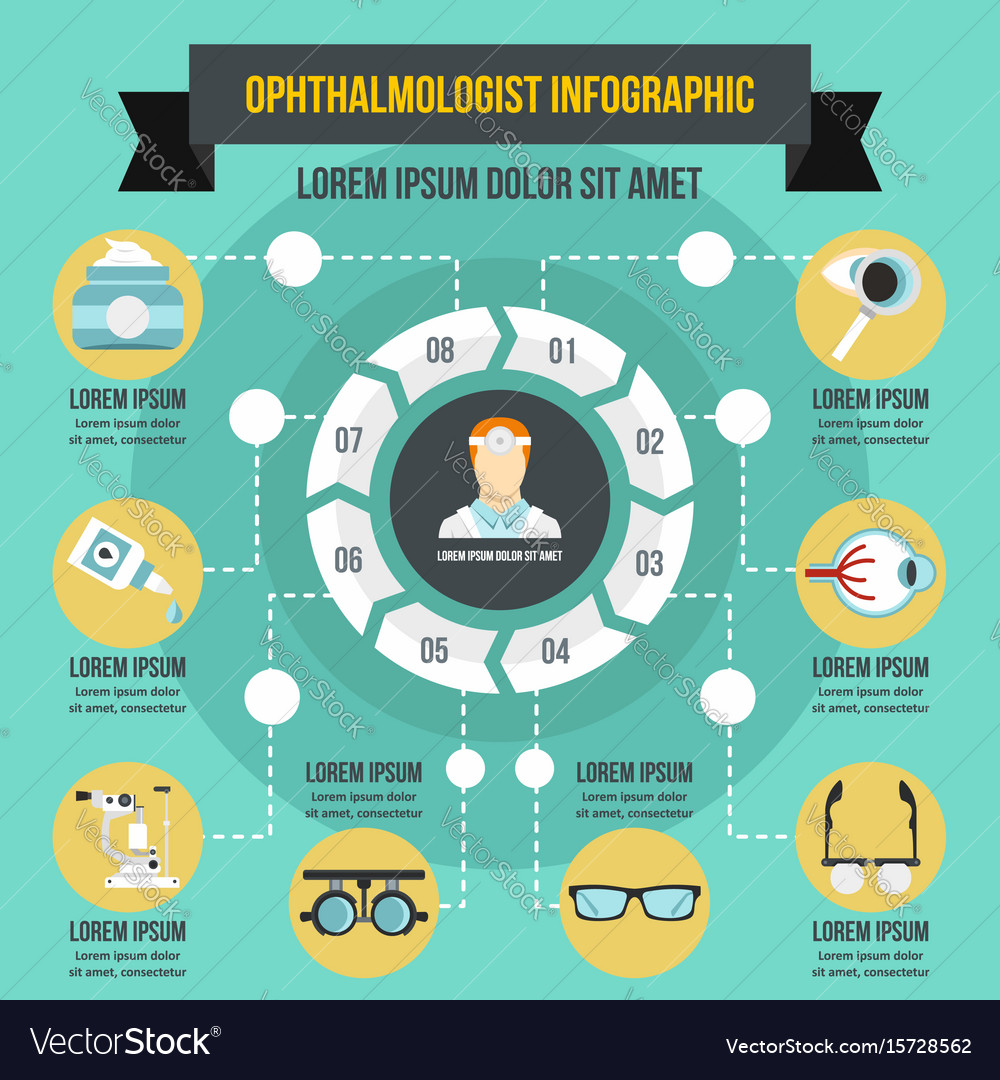Types Of Cataract Surgical Treatment: Standard Vs. Laser Approaches

Post Created By-Norris Tobiasen
When facing cataract surgical procedure, you could question the distinctions in between conventional and laser strategies. https://longevitylive.com/guest-posts/vision-correction-surgeries-you-need-to-know-in-2021/ has its own collection of advantages and drawbacks, affecting your healing and total experience. Comprehending these options is important for making an educated choice about your eye health. So, what should you consider when selecting the right approach for your needs? Allow's discover the information better.
Review of Traditional Cataract Surgery
Typical cataract surgery, usually described as phacoemulsification, is a well-established procedure that efficiently recovers vision by removing the gloomy lens of the eye.
Throughout this surgical procedure, your specialist will certainly create a little incision in your cornea, enabling accessibility to the lens. Utilizing ultrasound waves, they'll break up the cloudy lens into tiny fragments, which are then carefully sucked out.
When the old lens is removed, an artificial intraocular lens (IOL) is dental implanted to recover clear vision. The surgical treatment usually takes less than an hour and is done under regional anesthesia, reducing discomfort.
Later, you'll likely discover renovations in your vision as your eye heals. You'll need to follow post-operative treatment instructions to make certain optimal healing.
Advantages and Downsides of Laser-Assisted Cataract Surgery
While numerous clients gain from traditional methods, laser-assisted cataract surgical treatment supplies unique advantages and some disadvantages worth thinking about.
One major advantage is accuracy; the laser produces accurate lacerations, which can cause faster healing and reduced risk of difficulties. You might also experience less pain throughout the treatment. Furthermore, Recommended Reading can break up the cataract a lot more effectively, calling for much less power from the cosmetic surgeon.
Nevertheless, it is very important to weigh these advantages against prospective downsides. Laser-assisted surgical procedure generally costs more than typical methods, and not all insurance coverage plans cover it.
In addition, the technology might not be available in every center, which could limit your options. Eventually, you'll wish to review these variables with your eye care professional to establish the very best method for you.
Healing and Aftercare for Cataract Surgical Procedure
After cataract surgery, whether it was done making use of typical methods or laser support, your recovery procedure is necessary for accomplishing the very best possible vision outcomes.
You must relax for the very first day and avoid laborious tasks. Keep your eyes shielded with sunglasses when outdoors, especially in brilliant light.
It's vital to follow your doctor's directions concerning eye drops and drugs; these aid avoid infection and lower swelling.
You may experience moderate pain or fuzzy vision originally, however this need to boost with time.
Go to all follow-up consultations to monitor your healing progress. If you see unexpected pain, enhanced soreness, or vision changes, contact your doctor immediately.
Complying with these standards will support a smooth recuperation and improve your total outcomes.
Conclusion
Finally, choosing between typical and laser-assisted cataract surgical treatment depends on your particular needs and scenarios. While standard approaches are reputable and effective, laser techniques provide improved precision and potentially quicker healing. It's important to review your options with your eye care professional to determine which approach matches you ideal. Eventually, both approaches aim to recover your vision and enhance your quality of life, so you can return to enjoying your day-to-day tasks.

